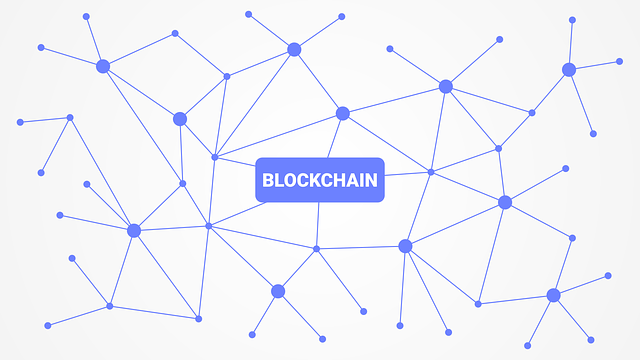DEFI Meaning: A Revolutionary Paradigm in Crypto
Decentralized Finance (DeFi) has emerged as a groundbreaking phenomenon in the world of cryptocurrency. By leveraging blockchain technology, DeFi aims to revolutionize traditional financial systems and provide individuals with more control and accessibility in managing their financial assets.

The Basics of DeFi
1. What is DeFi?
DeFi, short for Decentralized Finance, refers to a system of open-source financial applications and protocols built on the blockchain. It aims to eliminate intermediaries such as banks and other financial institutions, enabling direct peer-to-peer transactions and empowering users.
2. How does DeFi work?
DeFi uses smart contracts, which are self-executing contracts with predefined rules stored on a blockchain. These smart contracts automate transactions, lending, borrowing, and other financial activities, eliminating the need for intermediaries. It ensures transparency, security, and efficiency by enabling users to access these services through decentralized applications (DApps).
The Advantages of DeFi
1. Decentralization
DeFi eliminates the dependence on centralized financial systems, offering a peer-to-peer network for financial transactions. This promotes financial inclusivity and allows individuals to gain control over their assets securely.
2. Transparency and Security
As DeFi operates on a blockchain, all transactions are recorded and transparently accessible to participants. The immutability and cryptographic security of blockchain ensure protection against fraud, manipulation, and censorship.
3. Accessibility
DeFi platforms are open to anyone with an internet connection and a digital wallet. Users can access financial services like lending, borrowing, and earning interest from anywhere in the world, regardless of their geographical location or socioeconomic status.
The Various Applications of DeFi
1. Decentralized Exchanges (DEXs)
DEXs are platforms that facilitate peer-to-peer cryptocurrency trading without the need for intermediaries. They allow users to trade digital assets directly with each other, promoting a more transparent and efficient trading experience.
2. Lending and Borrowing
DeFi provides platforms that allow users to lend out their cryptocurrencies and earn interest or borrow digital assets against collateral. These lending and borrowing protocols operate without the involvement of traditional banks or credit intermediaries.
3. Stablecoins
Stablecoins are cryptocurrencies that are designed to be pegged to the value of a fiat currency or commodity, ensuring stability. DeFi platforms enable users to access and utilize stablecoins for payments, trading, and hedging against the volatility of other cryptocurrencies.

The Future of DeFi
1. Potential Growth
The DeFi sector has experienced significant growth since its inception, with more investors and institutions recognizing its potential. Its open nature and ability to provide financial services without reliance on centralized authorities make it an attractive option for many.
2. Regulatory Challenges
As DeFi operates outside the traditional financial system, regulatory challenges arise. Governments and regulatory bodies are actively exploring ways to incorporate DeFi into existing frameworks while ensuring compliance, consumer protection, and preventing illicit activities.
3. Innovation and Expansion
The DeFi space is ripe with innovation and continuous development. New protocols, applications, and financial instruments are being created to expand the capabilities and possibilities of DeFi, making it an exciting area to watch for future opportunities.
To learn more about the intricacies of DeFi and its impact on the crypto industry, you can visit the Introducción article on CryptoTradeSignals.Live.